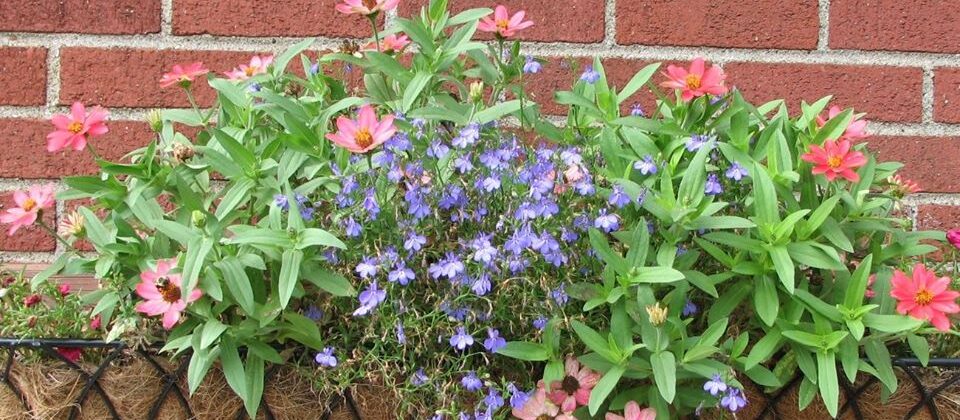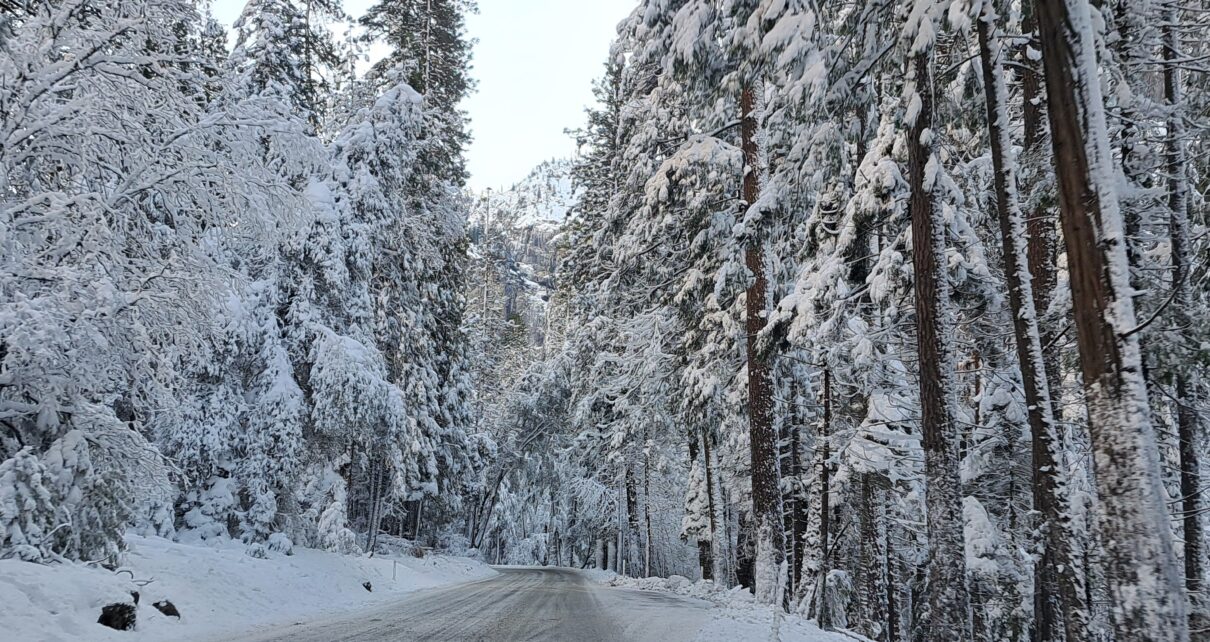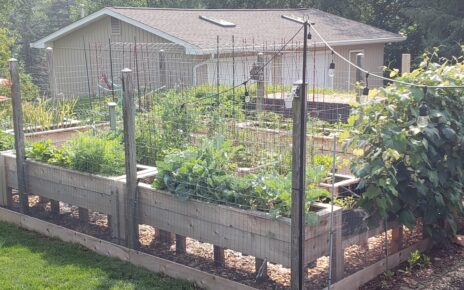If you ever thought about extending your growing season and maximizing your garden production, then there are several things to consider. First, you need to consider the last spring and first fall frost dates. Frost occurs when the air temperature fall below 32°F. The number of days in between these two dates is your typical growing season. Between the last spring frost date and the first fall frost date, you can effectively grow some of your cold and cool veggies and all of your warm season veggies. Most gardeners in snowy locations tend to focus on warm season veggies only.
Outside of this date range, you can grow the cool and cold season veggies like (bok choy and broccoli), but you will want to use some season extending methods like hoop tunnels and be aware of day length. We will get into that at a later date.
If you need your average frost dates, there are many sources to go to. I went to the Farmer’s Almanac online, an old but reliable source. They base their numbers on the 1991 – 2020 normals from the National Oceanic and Atmospheric Administration. When I keyed in the Zipcode of 15210 for Pittsburgh, I found the following:
Last Spring Frost: April 24
First Fall Frost: October 22
Growing Season: 180 days
Keep in mind that these dates are estimates and there is a 30% chance that you can get frost after April 24 and before October 22. This is why I try to be ready with hoop tunnels, plastic and garden fabric.
In the future, you can find this article in the drop downs menus at the top of the website under “General Gardening” and “Extending the Growing Season”.



